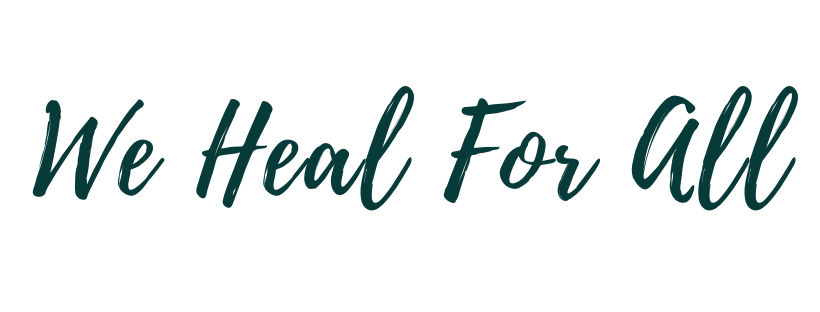Listening inside to what's happening in your organs
Where wisdom traditions meet neuroscience
I learned a new term recently - it’s “neuroception.”
It’s something our nervous systems automatically do to suss out whether what’s going on is safe or not.
Neuroception is this subconscious act where your nervous system is:
“listening inside to what is happening in your internal organs; outside, scanning the environment; and between, sensing the connection to another nervous system,” says Deb Dana, author of Polyvagal Exercises for Safety and Connection.
It’s like an antenna that sniffs out whether we can let our guard down or not. Any whiff of danger sets us into playing possum or sends us into a tailspin of action. If we get cues that we’re safe, on the other hand, we can ease into social connection mode, which feeds our health and well-being.
The thing with our nervous systems - just like all systems - is that they can get stuck in cycles, loops or patterns that were at one point really key to our survival, but now at this new point in time aren’t of service anymore.
Whether it’s growing up in a chaotic household, working in a toxic environment, or being bullied as a kid, our brain-body used really savvy and brilliant techniques to survive. Now - out on our own, or in a new job, or as a competent adult - some of those protective patterns might still be lingering even though they’re no longer needed in the same way.
This is where all of this work gets really exciting…
Because what we’re learning is that we can become aware of those patterns that our antennae get stuck in, and take steps to reshape our system to respond in clearer, healthier ways.
Deb Dana goes on to say that “One of the ways to reshape your system is to first bring perception to neuroception and then add context through the lens of discernment.”
In other words, a key step in reshaping our systems is to become aware of that subconscious process of listening to our internal organs and beyond.
Wow.
All of this is so exciting to me because these findings are pointing to things that wisdom traditions have been saying for centuries. To know thy self/Self, to do the “internal work,” to become more self-aware is liberating. Sciences of spirituality, like yoga and meditation, invite us into the subtle dimensions of our experiences. Now therapeutic modalities like AEDP, which specializes in attachment trauma, weave these mindfulness practices with our growing knowledge of trauma to take healing to a whole new level.
—
The topic of “healing” can feel so amorphous and woo-woo to many. This bad ass emerging field of neuroscience gives us more and more tools to better define what healing is and to make a case for why cultivating a relationship with our internal worlds is necessary. Especially the more subtle dimensions of our internal world. Bringing perception to neuroception. :)
In the coaching work I do, as well as the Circles I host, the subtle dimensions of our experiences are always key. Yes we’re talking about world change. Yes we’re focusing on your life’s path. But throughout all of that we’re turning to the subtle experiences in your body-brain for clues on how best to respond and navigate. This is a practice and play of emotional mindfulness.
If you're looking for a loving place to better understand the patterns in your system, I would love to explore working together one-on-one through coaching. Schedule a Discovery Call with me today.
📸: Rene Muller, www.unsplash.com
Hi, I’m Liz Moyer Benferhat. Writer, facilitator, coach, and development practitioner dedicated to the subtle interplay between how inner transformation feeds the outer transformation we need in the world. Welcome 🌿

